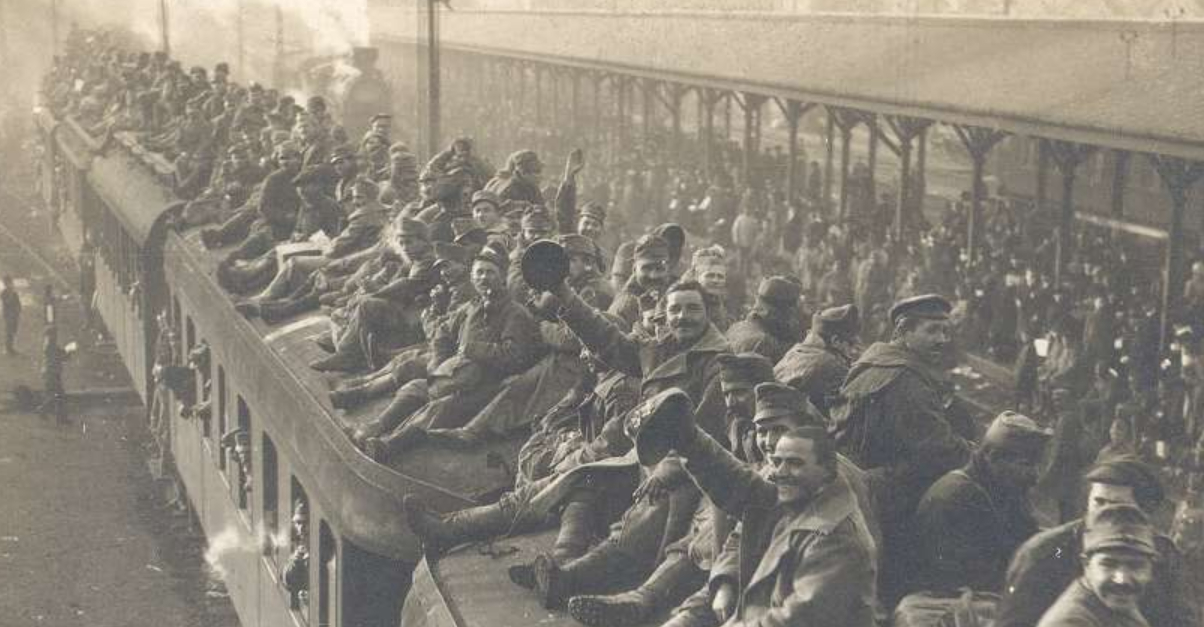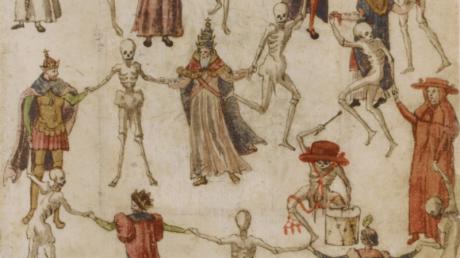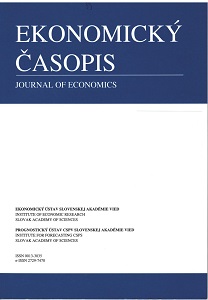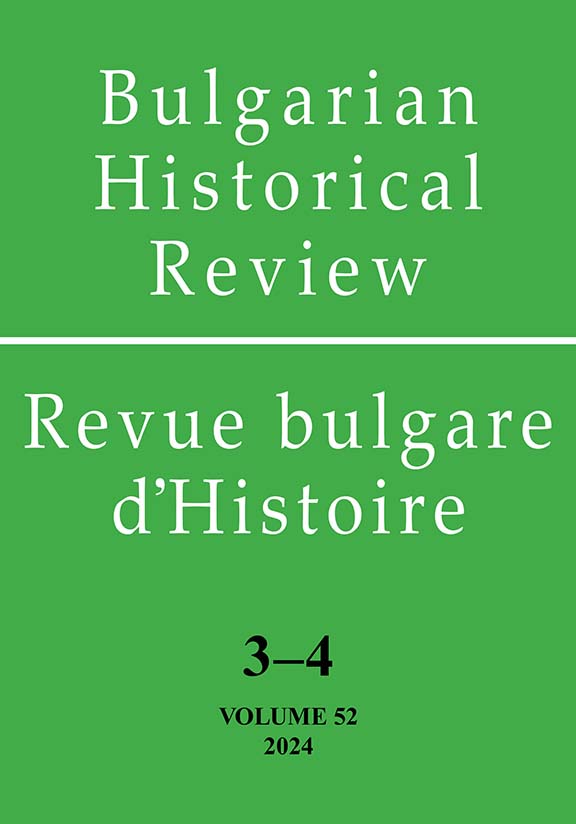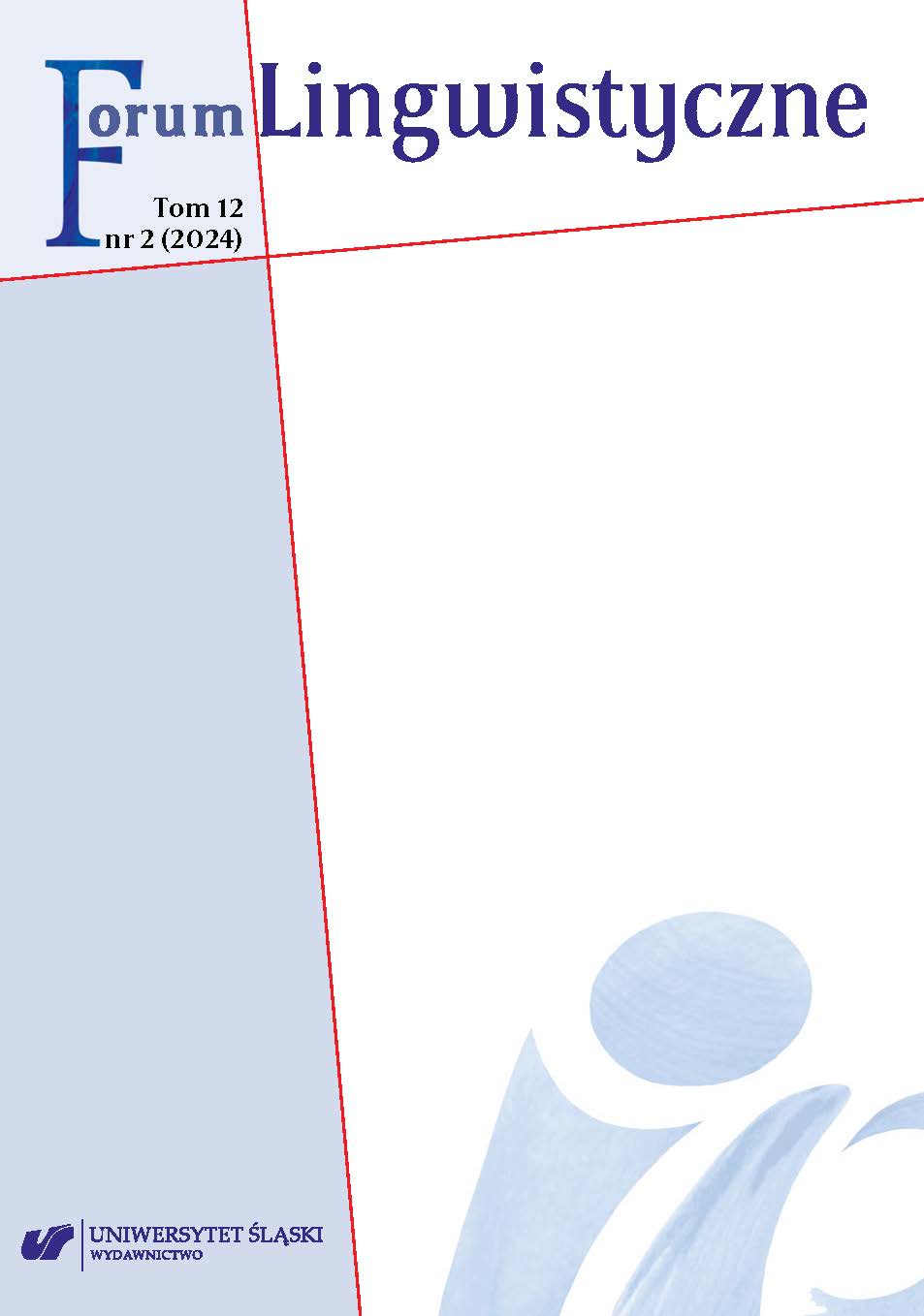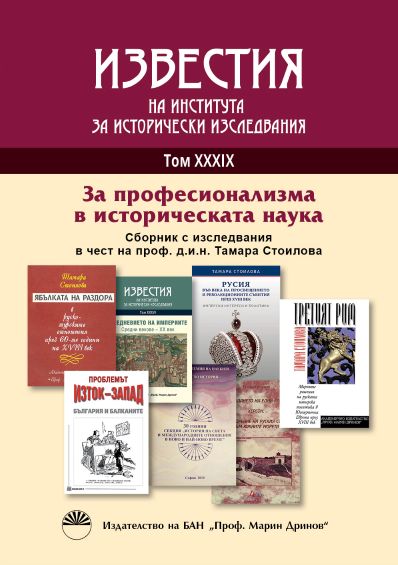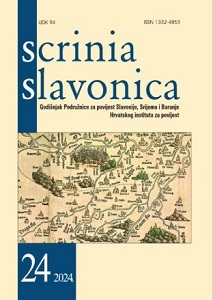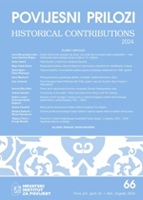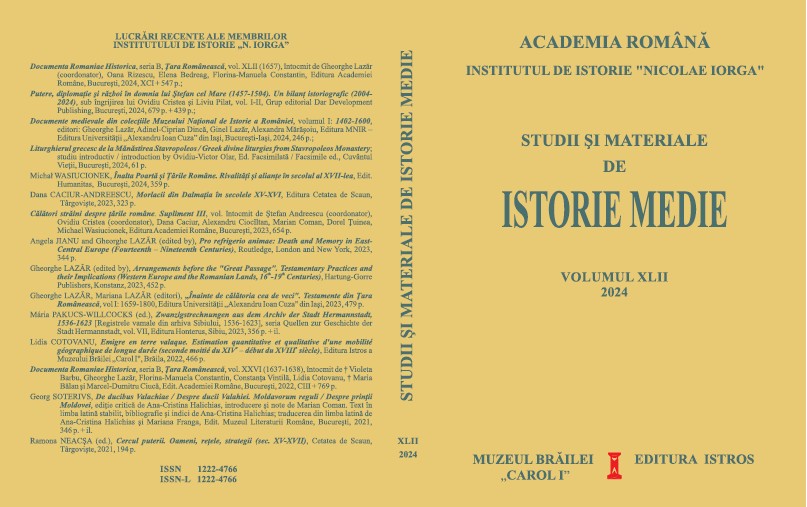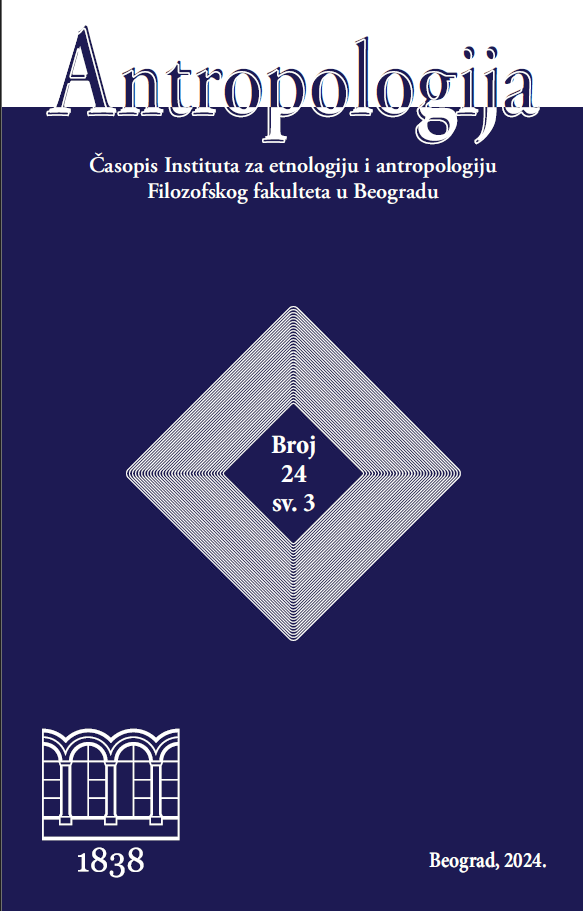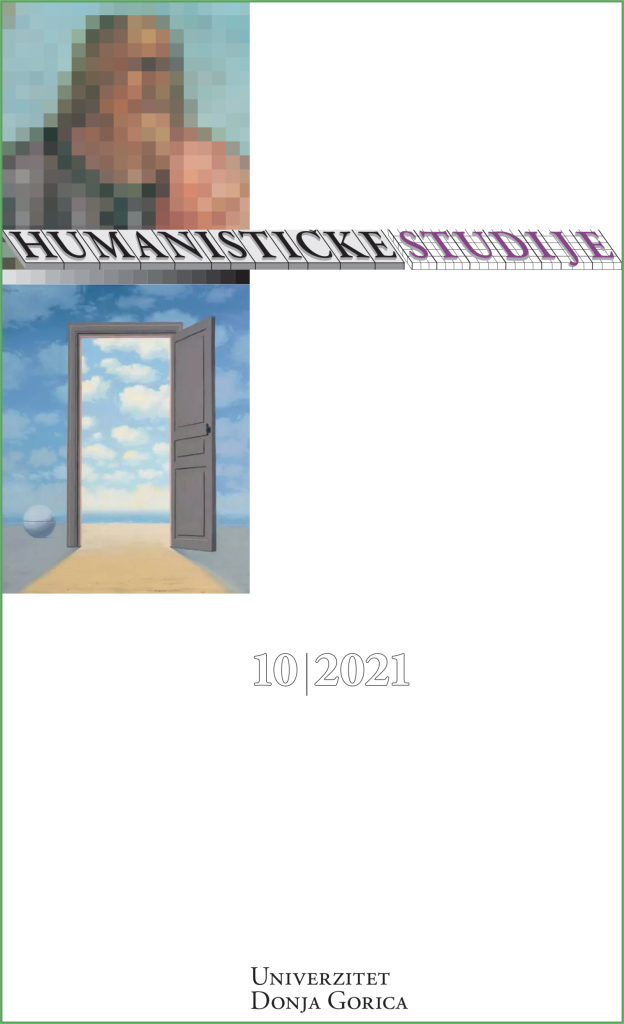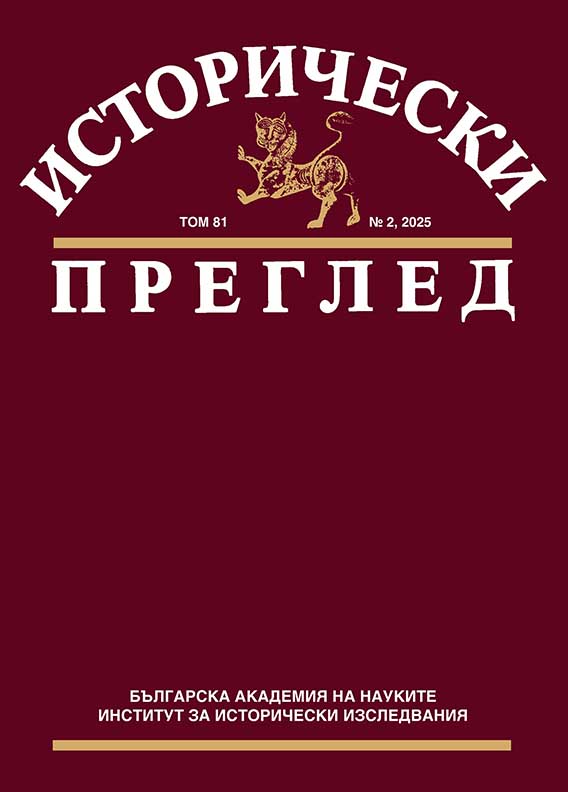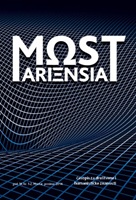
Od sociálneho radikalizmu k radikálnemu socializmu 1918 - 1920
The study deals with the circumstances of the formation of social protests within the context of the lower classes during the first years after the establishment of Czechoslovakia and with the relationship between social radicalism and radical socialism during this period. On one hand, the author focuses on the social causes of the protests, on the other hand, the ways in which the protests were expressed are analysed. Considering the establishment of Czechoslovakia, the emphasis is put on the process of continuity of the development of social and economic circumstances, in which the lower classes lived in this period. The aspect of the discontinuity of political development remains overlooked. It is distinguished by the differences between the interests and political behaviour of two quite separate social worlds – the interests of the elite and middle class on one hand and the interests of the lower classes, that had been most damaged by the social and economic situation at the end of the war and after the establishment of Czechoslovakia on the other. With socially differentiated views and emphasizing the continuity of the social and economic situation, the process of the national-democratic revolution in 1918 (accentuated among the higher and middle classes, as well as in the official history) seems to parallel the specific development of social protests within the context of the lower classes. At the same time, the study focuses on the multiple radical lexicons present in the sphere of discourse and used in the radicalization of the lower classes. The communist lexicon, which was significantly used by the lower classes in towns and rural areas almost immediately after war, played an important role as a political language of social protest.
More...


